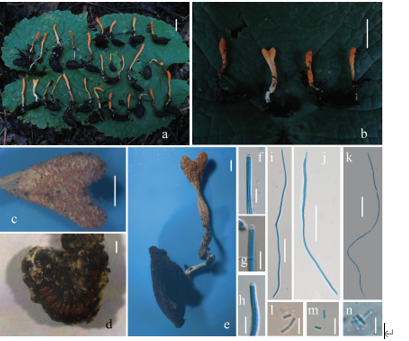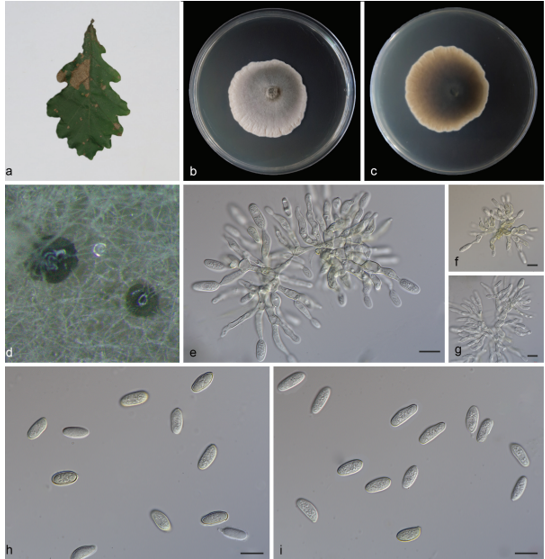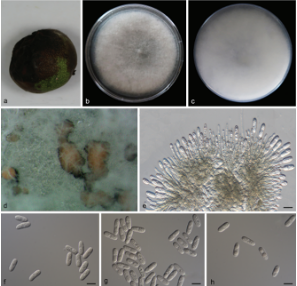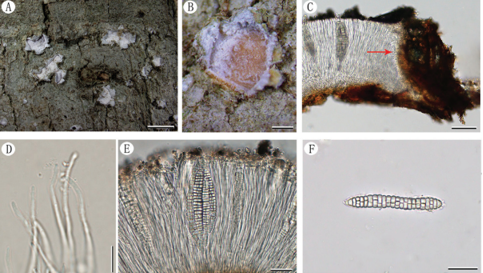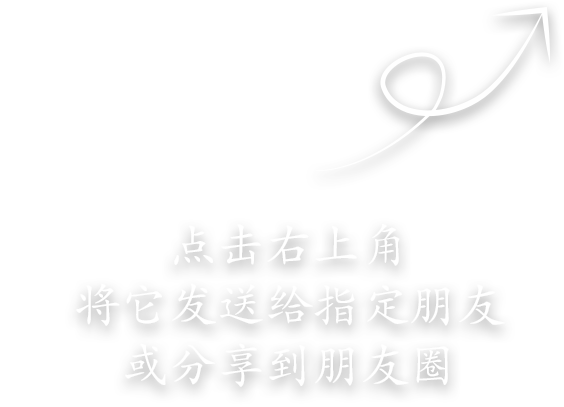Rhizoplaca callichroa (Zahlbr.) Y. Y. Zhang, comb. nov2020
MycoBank No: 832200
Holotype Lecanora callichroa Zahlbr., in Handel-Mazzetti, Symb. Sinic. 3: 172–173 (1930) (Basionym) ≡ Squamarina callichroa (Zahlbr.) Poelt, Mitt. Bot. Staatssamml., München 1–20: 527 (1958). Type: China, Yunnan Province, 2100 m elev., on rock, 1914, Heinrich Frh. von Handel-Mazzetti 35 (W–Isotype!).
Morphological description
Thallus saxicolous, to 4 cm across, squamulose to placodioid; squamules pruinose on the edges, more or less umbilicate when young; central squamu scattered to continuous, closely attached to the substrate, 1–2 mm across; marginal squamules larger than those in the centre, 2–4 mm across, with 1–2 mm free margin; upper surface yellowish-brown, smooth, plane to slightly convex; lower surface pale to pale brown, without rhizinose strands. Upper cortex filled with yellowish-brown granules dissolving in KOH, ca. 32 μm high; epinecral layer also filled with yellowishbrown granules, ca. 15 μm; algal layer continuous, 64–80 μm high; medulla thick, filled with grey to pale brown granules; lower cortex of free margin poorly developed, non-gelatinised, ca. 30 μm.
Apothecia lecanorine, laminal, dispersed, sessile, becoming slightly constricted at the base, round to irregular, 0.5–1.5 mm; disc orange, covered with pale pruina, plane to slightly convex; thalline margin entire and thick when young, becoming thin and occasionally flexuose with age; hymenium with scattered orange granules, I+ blue, ca. 80 μm high; thalline margin with evenly thick cortex, ca. 26 μm thick; epihymenium yellowishbrown, ca. 10 μm high; subhymenium and hypothecium colourless; ascus Lecanora-type, 8-spored; paraphyses slightly branched, without anastomoses; ascospores subfusiform to ellipsoid, 9.5–13.5 × 6–9 μm. Pycnidia immersed in the thallus, with pale brown ostioles; conidia filiform, straight to slightly curved, 19–26 × ca. 0.7 μm.
Habitat: on rock
Distribution: Growing on rock in arid environments at elevations of 984–2100 m. Previously only known from Yunnan Prov., here reported as new to Sichuan Prov., China
GenBank Accession: nrITS MK778044 nrLSUna RPB1na RPB2na mtSSUna
Notes: The isotype grows on quartzitic rock ca. 2 cm across, containing several intact apothecia. The spore size of “Squamarina callichroa”, given in the protologue, is 15–20 × 8–9 μm (Zahlbruckner 1930); however, Poelt (1958) measured the spore size of the type material as 11–12 × 8–9 μm. Our measurements of the freshly collected materials, 9.5–13.5 × 6–9 μm, are in accordance with Poelt’s results and the other characteristics, elevation and locality of our collections are more or less identical with the isotype. We did not find any specimens around the type locality having those long ascospores as in the description of the protologue. Therefore, we treat our specimens as “Squamarina callichroa”.This species was originally described as a Lecanora by Zahbruckner (1930) and transferred to Squamarina as the type species of the section Petroplaca by Poelt (1958). We transfer this species to the genus Rhizoplaca, primarily based on its nested position within the R. chrysoleuca group in the phylogeny (Fig. 4) and also based on the orange apothecia, the Lecanora-type ascus and the presence of usnic and placodiolic acids. The genus Rhizoplaca is a small genus containing eleven species (Lücking 2017). We added nine of these species as intergroups to assess the phylogenetic position of R. callichroa in the genus. The results show that R. callichroa is sister to R. chrysoleuca and R. huashanensis J.C. Wei, which differ by the umbilicate thallus, narrower ascospores, (7)8.5–12 × 3.5–6 μm and the monophyllus thallus and black apothecia, respectively (Nash et al. 2002; Wei 1984). Rhizoplaca subdiscrepans (Nyl.) R. Sant. is similar to R. callichroa in the squamulose thallus and orange apothecia, but differs in the very convex and smaller (0.3–1 mm) squamules and the narrower ascospores 7–12 × 3.5–5 μm.
Reference: Zhang Y-Y, Wang X-Y, Li L-J, Printzen C, Timdal E, Niu D-L, Yin A-C, Wang S-Q, Wang L-S (2020) Squamarina (lichenised fungi) species described from China belong to at least three unrelated genera. MycoKeys 66: 135–157. https://doi.org/10.3897/mycokeys.66.39057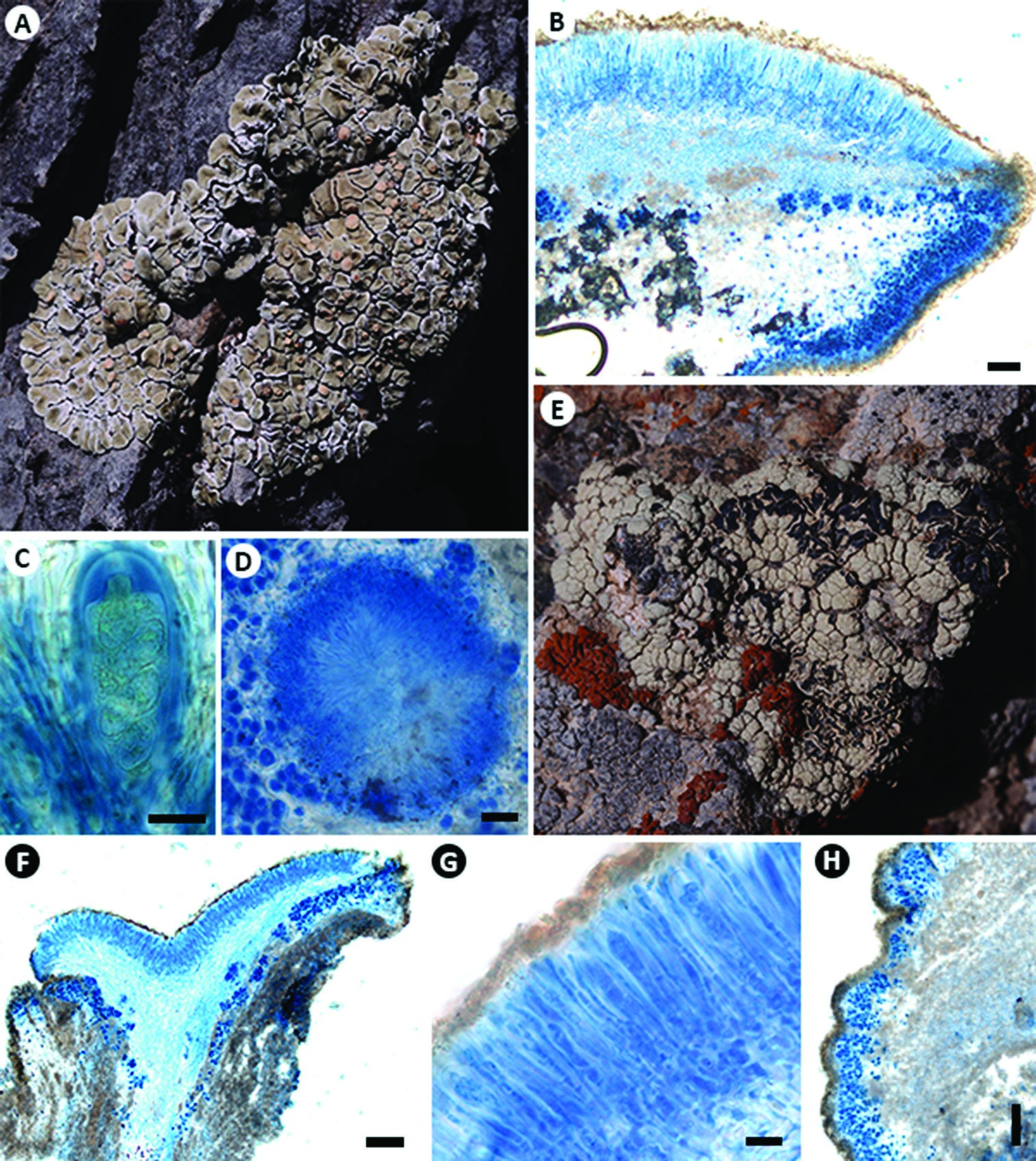
Figure 3. Rhizoplaca callichroa (A–D KUN-L 19-62900): A habit B apothecial anatomy (LCB) C ascus and spores (Lugol’s) D section of pycnidia (LCB). R. pachyphylla (E–H KUN-L 18-59446): E habit F section of apothecia G ascus and spores (LCB) H section of thallus (LCB). Scale bars: 100 μm (B, F, H); 10 μm (C, G); 20 μm (D)


